Setting up a 10×20 canopy requires careful planning and execution. This guide provides step-by-step instructions for safe and effective installation, ensuring durability and optimal performance for various events.
1.1 Overview of the 10×20 Canopy
A 10×20 canopy is a versatile, portable shelter ideal for outdoor events, providing 200 square feet of covered space. It typically features a sturdy metal frame, durable fabric, and adjustable legs. Designed for easy assembly, it suits various applications, including parties, markets, and storage. Its popularity stems from its balance of size, portability, and affordability, making it a practical choice for both short-term and seasonal use.
1.2 Importance of Following Instructions
Adhering to the 10×20 canopy instructions ensures a safe, stable, and durable setup. Proper assembly prevents structural issues and potential hazards. Following guidelines helps maintain warranty validity and optimizes performance. Deviating from instructions can lead to safety risks and reduced lifespan. Always refer to the manual for specific details to guarantee a secure and functional canopy for your events or storage needs.
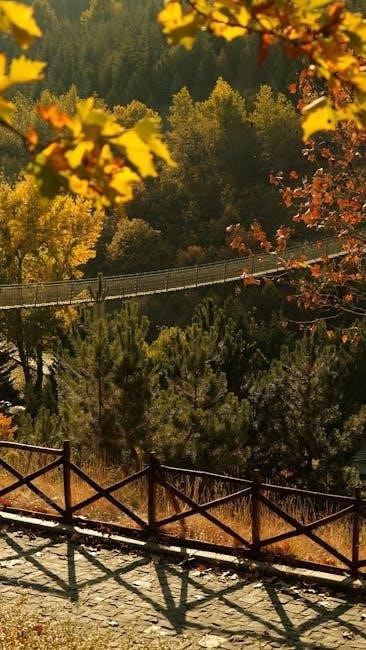
Safety Precautions
Ensure a safe setup by following guidelines to prevent accidents and injuries. Always wear protective gear and avoid hazardous conditions during assembly and use of the canopy.
2.1 General Safety Guidelines
Always wear protective gear like gloves and safety glasses. Ensure the area is clear of obstacles and tripping hazards. Avoid setting up in strong winds or during storms. Use proper lifting techniques to prevent injury. Never leave the canopy unattended during assembly. Follow all manufacturer instructions carefully to ensure stability and safety. Regularly inspect the structure for damage or wear. Keep children and pets away during setup and use.
2.2 Hazardous Conditions to Avoid
Avoid setting up the canopy in areas prone to flooding or standing water. Never assemble near open flames or sparks. Stay clear of power lines and overhead obstructions. Do not use the canopy in extreme weather conditions like heavy rain, hail, or strong winds. Ensure the ground is level and firm to prevent instability. Avoid areas with loose or shifting soil that could compromise the structure’s integrity. Always check for overhead hazards before installation.
Tools and Materials Needed
Essential tools include a wrench, screwdriver, and measuring tape. Additional materials like weights, ropes, and ground stakes ensure stability and secure installation of the 10×20 canopy.
3.1 List of Required Tools
The essential tools for assembling a 10×20 canopy include a socket wrench, screwdriver, Allen wrench, measuring tape, and a ladder. Additional items like a rubber mallet and utility knife may also be needed. Ensure all tools are readily available to streamline the assembly process and avoid delays. Proper tools are crucial for securing bolts and ensuring a stable structure. Always refer to the manufacturer’s list for specific requirements.
3.2 Additional Materials for Stability
For enhanced stability, consider adding weights, anchors, or sandbags to secure the canopy. Auger anchors are ideal for soft ground, while concrete anchors provide firm grip on hard surfaces. Ropes and tie-downs can further reinforce the structure. These materials ensure the canopy remains stable in windy conditions, preventing shifting or collapse. Always prioritize stability to guarantee safety and extend the canopy’s lifespan. Proper securing is vital for both temporary and permanent setups.
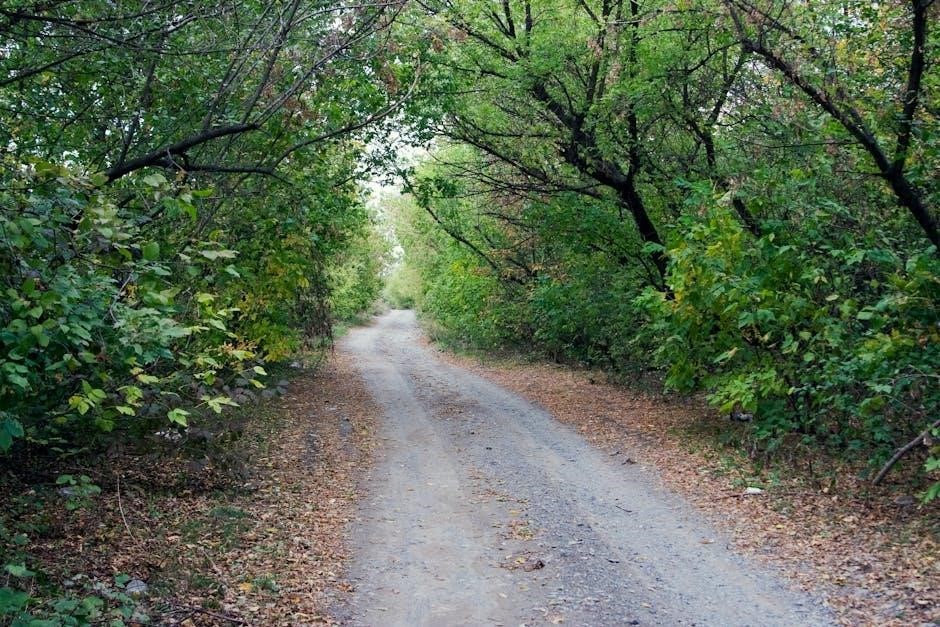
Assembly Process
Assembling a 10×20 canopy involves unpacking, organizing parts, and systematically constructing the frame. Follow step-by-step instructions to ensure stability and safety during the setup process.
4.1 Unpacking and Organizing Components
Begin by carefully unpacking all components from the box to ensure no damage. Lay out the frame sections, roof cover, sidewalls, connectors, and hardware. Organize parts by type and label them for easy identification. Check for any missing or damaged items before proceeding. This step ensures a smooth assembly process and helps avoid delays. Refer to the instruction manual to verify and categorize each component accurately.
4.2 Step-by-Step Frame Assembly
Start by assembling the base frame using the provided connectors and hardware. Attach the legs to the base, ensuring they are evenly spaced and securely tightened. Next, connect the side rails to the legs, forming the perimeter. Then, assemble the roof frame and attach it to the top of the side rails. Use the instruction manual to guide the sequence and tighten all bolts firmly for stability. Double-check all connections before proceeding.
4.3 Attaching the Canopy Roof
Once the frame is assembled, carefully unfold the canopy roof and align it with the top of the frame. Secure the roof using the provided straps or ropes, ensuring it is tightly fastened to prevent sagging. Check for proper alignment and tighten all connections firmly. Make sure the roof is evenly spread and wrinkle-free for optimal coverage and durability. Double-check the tightness of all fasteners before finalizing the attachment.
4.4 Installing Sidewalls and Doors
Attach sidewalls to the canopy frame using the provided hooks or Velcro straps, ensuring a snug fit. Start with the front and back walls, then move to the sides. Secure doors by aligning their hinges with the frame and tightening the screws. Ensure proper alignment and check that doors open and close smoothly. Tighten all connections firmly to maintain stability and prevent gaps. Double-check the fit for a secure and weather-tight seal.

Anchoring the Canopy
Secure the 10×20 canopy using stakes, weights, or auger anchors for stability. Ensure the surface is level and anchors are tightly fastened to withstand wind and weather conditions.
5.1 Choosing the Right Anchoring Method

Assess the site conditions to determine the best anchoring method. For soft ground, use stakes or auger anchors. On hard surfaces, opt for weights or bolts. Ensure the canopy is level and secure, considering wind load and soil type. Always use high-quality materials and follow manufacturer guidelines for optimal stability and safety.
5.2 Securing the Canopy on Different Surfaces
For grass or soil, use ground stakes or auger anchors for stability. On asphalt or concrete, opt for heavy-duty weights or expansion bolts. Ensure the surface is level and clear of debris. Tighten all straps and ropes securely, and double-check the anchoring points. For uneven terrain, adjust the legs to maintain balance. Always refer to the manufacturer’s guidelines for surface-specific recommendations to ensure a safe and durable setup.
Seasonal Considerations
Seasonal considerations are crucial for maintaining your 10×20 canopy’s durability. Adjust the setup for weather conditions, ensuring stability and protection against elements; Regular inspections and timely repairs prevent damage, while proper storage during off-seasons extends lifespan.
6.1 Setting Up in Different Weather Conditions
Setting up your 10×20 canopy in various weather requires adaptability. In sunny conditions, ensure proper ventilation to prevent heat buildup. For rainy weather, use waterproof materials and ensure drainage. In windy conditions, secure the canopy with strong anchors and weights. During snowfall, avoid heavy accumulation to prevent structural damage. Always follow manufacturer guidelines for specific weather setups to ensure safety and longevity of your canopy.
6.2 Winterization and Summer Preparation
Winterizing your 10×20 canopy involves cleaning, drying, and storing it in a protected area to prevent damage from freezing temperatures. Use a waterproof cover and inspect for any tears or wear. In summer, ensure the canopy is well-ventilated to avoid heat buildup and consider using UV-resistant treatments. Regularly inspect and maintain the structure to ensure it remains stable and secure in all seasons, following manufacturer guidelines for optimal performance.
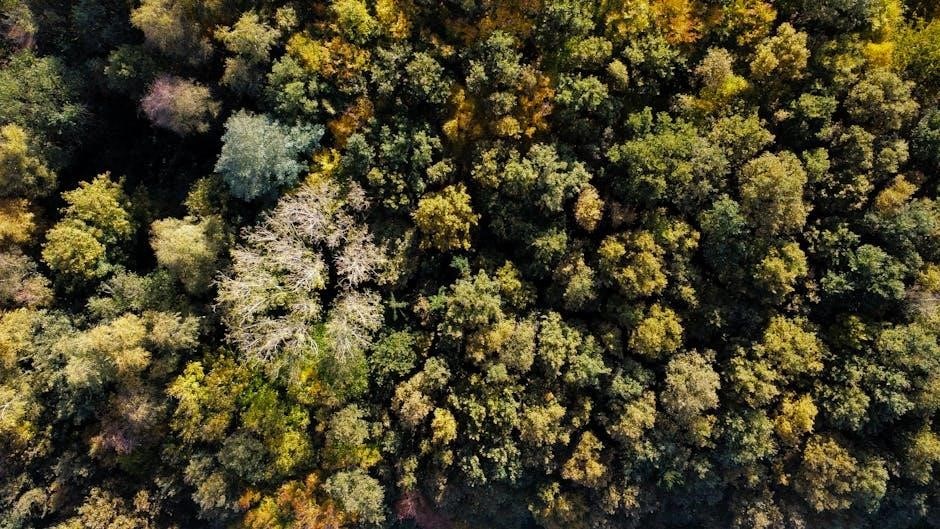
Maintenance and Repair
Regularly inspect the canopy for damage, clean it thoroughly, and tighten loose parts. Addressing issues promptly ensures longevity and stability, preventing major repairs and enhancing safety.
7.1 Regular Maintenance Tips
Regular maintenance is crucial for extending the life of your 10×20 canopy. Inspect the frame for rust or damage, clean debris from the roof, and ensure all bolts are tightened. Check the fabric for tears and mildew, addressing any issues promptly. Schedule seasonal checks to prepare for extreme weather conditions, ensuring stability and safety throughout the year.
7.2 Common Repairs and Solutions
Addressing common repairs promptly ensures your 10×20 canopy remains functional. Replace torn or damaged fabric sections, tighten loose bolts, and apply rust-resistant coatings to metal parts. For frame instability, check and reinforce connections. If water pooling occurs, adjust the roof slope. Regularly inspect and replace worn-out components to prevent further damage and maintain structural integrity, ensuring your canopy withstands various weather conditions effectively.
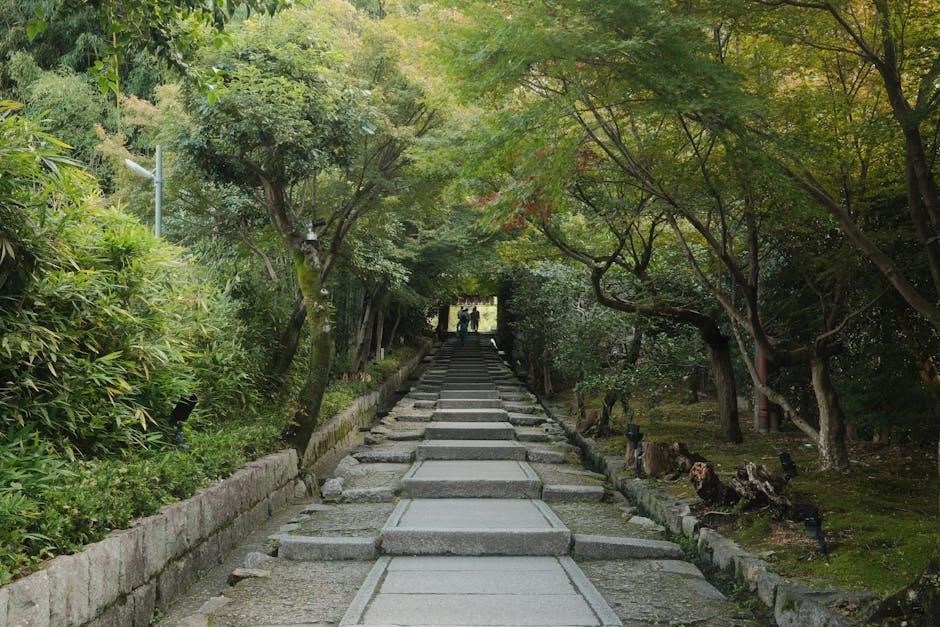
Storage and Transportation
Proper storage and transportation are crucial for maintaining your 10×20 canopy’s condition. Store it in a dry, secure location, and use protective covers to prevent damage during transit.
8.1 Proper Storage Techniques
Store your 10×20 canopy in a clean, dry, and well-ventilated area to prevent mold and mildew. Disassemble the frame and pack components securely in labeled boxes. Use protective covers for fabric parts to avoid tears and UV damage. Ensure all hardware is organized and stored separately to prevent loss. Regularly inspect stored items for signs of wear or pests to maintain longevity and functionality.
8.2 Safe Transportation Methods
Transport your 10×20 canopy securely to prevent damage. Use a sturdy vehicle with enough space to accommodate all components. Strap down the canopy frame and fabric tightly to avoid shifting during transit. Protect fragile parts with padding and ensure all items are tied down properly. Avoid sudden movements while driving and consider having an extra pair of hands to assist with loading and unloading for added safety.
Troubleshooting Common Issues
Identify and resolve issues promptly to maintain your canopy’s integrity. Address leaks, frame instability, and fabric tears with appropriate repair tools and techniques for optimal performance.
9.1 Identifying and Fixing Leaks
Inspect the canopy roof for water droplets or stains. Check seams and stitching for gaps. Use waterproof sealants or patches to fix leaks. Ensure all areas are dry before applying repairs. Regular maintenance can prevent future issues. Addressing leaks promptly prevents structural damage and extends the canopy’s lifespan. Always follow manufacturer guidelines for repair materials and methods to ensure effectiveness and safety.
9.2 Addressing Frame Stability Problems
Check for loose bolts or weak connections. Tighten all hardware and ensure the frame is level. Use additional support like weights or anchors for stability. Inspect for bent or damaged parts and replace them immediately. Regularly inspect the frame for wear and tear. Addressing stability issues promptly prevents collapse and ensures safety. Always follow the manufacturer’s guidelines for repairs and maintenance to maintain structural integrity and extend the canopy’s lifespan effectively.
Warranty and Customer Support
Understand your warranty terms for coverage details. Contact customer support for inquiries or issues. They provide assistance with repairs, replacements, and troubleshooting, ensuring your canopy remains in great condition.
10.1 Understanding the Warranty Terms
Review the warranty to know coverage duration, included parts, and exclusions. Typically, warranties cover manufacturing defects for a set period. Understand what voids coverage, like improper installation or misuse. Keep records for claims; Familiarize yourself with the process to file claims efficiently. This ensures protection and peace of mind for your 10×20 canopy investment.
10.2 Contacting Customer Support
For assistance, contact customer support via phone, email, or live chat; Provide details like order number and issue description for quick resolution. Check the manufacturer’s website for contact options and business hours. Keep your warranty information handy. Support teams can address queries, from repairs to replacement parts, ensuring your canopy remains functional and secure. Prompt communication helps resolve issues efficiently and maintains your satisfaction with the product.

Comparing 10×20 Canopy with Other Sizes
The 10×20 canopy offers a spacious yet manageable setup, ideal for events and storage. It balances cost, durability, and versatility, making it a popular choice among users seeking practical solutions.
11.1 Pros and Cons of 10×20 Size
The 10×20 canopy size offers ample space for events or storage, providing excellent durability and versatility. Its pros include easy assembly, sturdy construction, and cost-effectiveness. However, it may require more anchoring effort and space compared to smaller models, making it less portable. Despite this, its balance of size and functionality makes it a popular choice for various applications.
11.2 How It Stacks Up Against Smaller and Larger Models
The 10×20 canopy excels in versatility, offering more space than smaller models like 10×10 while being more portable than larger 12×20 or 15×20 options. It balances coverage and ease of assembly, making it ideal for medium-sized events. Compared to larger canopies, it requires less material and labor, while smaller models may lack sufficient space for larger gatherings, positioning the 10×20 as a practical middle ground for various needs.
Safety Tips for Long-Term Use
Regular inspections for wear and tear, cleaning debris, and ensuring secure anchoring are crucial. Avoid leaving the canopy standing year-round to prevent prolonged exposure to harsh weather conditions.
12.1 Preventing Damage from Natural Elements
Protect your 10×20 canopy from wind, rain, and sun exposure. Secure the frame with sturdy anchors and weights. Use waterproof covers to shield against moisture. Regularly inspect for damage and tighten loose parts. Trim nearby branches to prevent impact. Avoid setting up in flood-prone areas. Ensure proper ventilation to reduce condensation. Apply UV-resistant treatments to the fabric. Store the canopy during harsh weather to extend its lifespan and maintain structural integrity.
12.2 Best Practices for Extended Usage
For long-term use, regularly inspect the canopy frame and fabric for wear. Clean the canopy fabric seasonally to remove dirt and mildew. Tighten all bolts and connections periodically to ensure stability. Store the canopy in a dry, shaded area during off-seasons. Avoid overloading the structure with heavy items. Use reinforced anchoring kits for added stability in windy conditions. Follow manufacturer guidelines for maintenance to ensure longevity and safety.

DIY Modifications and Upgrades
Enhance your 10×20 canopy with custom lighting, storage solutions, or decorative elements. Use durable materials like reinforced fabric or metal for added functionality and aesthetic appeal.
13.1 Customizing Your Canopy
Customizing your 10×20 canopy allows you to tailor it to your needs. Add personalized touches like branded graphics or unique color schemes. Install shelves or hooks for storage. Use weather-resistant materials to enhance durability. Consider adding lighting or ventilation systems for improved functionality. These modifications can transform your canopy into a functional and stylish space, perfect for events or storage. Ensure all changes comply with safety guidelines for optimal performance.
13.2 Adding Extra Features for Functionality
Enhance your 10×20 canopy by incorporating additional features like lighting, storage solutions, or ventilation systems. Install shelves or hooks for better organization. Add sidewalls for privacy and weather protection. Incorporate weighted feet or anchors for stability. These upgrades not only improve functionality but also extend the canopy’s versatility for various events or storage needs. Ensure all modifications align with the canopy’s design and safety standards for optimal performance and durability.
Environmental Considerations
Choose eco-friendly materials and minimize waste during setup. Ensure sustainable practices to reduce environmental impact and promote eco-conscious usage of your 10×20 canopy.
14.1 Eco-Friendly Setup and Maintenance
Opt for eco-friendly materials like recyclable frames and UV-resistant fabrics. Regularly inspect and maintain your canopy to reduce waste and extend its lifespan. Use biodegradable cleaning products and avoid harmful chemicals. Properly dispose of packaging and old parts. Consider solar-powered accessories for lighting. By adopting these practices, you minimize environmental impact while ensuring durability and functionality for your 10×20 canopy.
14.2 Reducing Environmental Impact
Minimize your 10×20 canopy’s environmental footprint by choosing sustainable materials and energy-efficient solutions. Use LED lighting and solar-powered accessories to reduce energy consumption. Ensure proper anchoring to prevent damage to surrounding ecosystems. Regular maintenance prevents unnecessary replacements, lowering waste. Consider repurposing or donating old canopy parts; By adopting eco-conscious practices, you contribute to a greener planet while enjoying your canopy’s functionality and durability.
Case Studies and Real-Life Applications
Explore real-world uses of 10×20 canopies in events, markets, and storage. Learn from successful installations and gain insights for your own setup through practical examples and testimonials.
15.1 Successful Uses of 10×20 Canopies
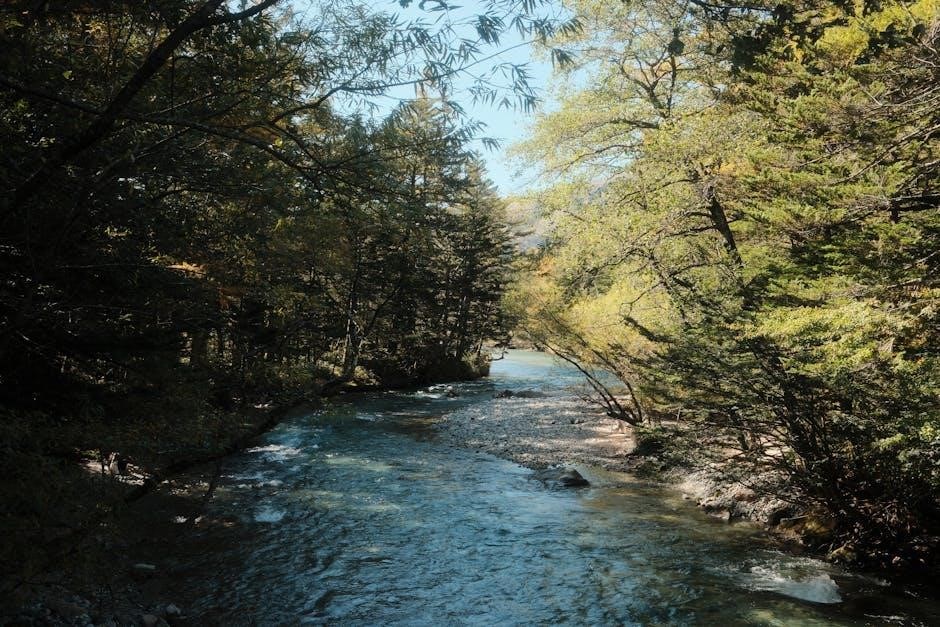
10×20 canopies have proven ideal for outdoor events, such as weddings and festivals, providing ample shelter and space. They are also widely used for temporary storage solutions and market stalls, offering durability and versatility. Additionally, these canopies serve as emergency shelters and are popular in agricultural settings for equipment protection. Their adaptability makes them a practical choice for various applications, ensuring functionality and reliability in diverse conditions.
15.2 Lessons Learned from Various Installations
Installations of 10×20 canopies have highlighted the importance of proper anchoring and leveling. Ensuring the ground is even and using high-quality materials prevents structural issues. Weather conditions, such as strong winds, require extra securing measures. Regular maintenance, like tightening bolts and cleaning the roof, extends longevity. Additionally, choosing the right location to avoid water pooling and ensuring adequate ventilation are crucial for optimal performance and safety.
Properly assembling and maintaining a 10×20 canopy ensures durability and safety. Follow instructions carefully, secure the structure, and perform regular checks for optimal performance and longevity.
16.1 Summary of Key Points
Setting up a 10×20 canopy involves careful planning, safety precautions, and precise assembly steps. Always follow the manufacturer’s instructions, ensure proper anchoring, and perform regular maintenance. Seasonal adjustments and secure storage are crucial for longevity. Addressing common issues promptly and understanding warranty terms can enhance your experience. By adhering to these guidelines, you can maximize the functionality and durability of your 10×20 canopy for various events and applications.
16.2 Final Tips for Optimal Use
For optimal use, regularly inspect the canopy for wear and tear, ensuring all connections are secure. Always anchor the structure firmly to withstand wind and weather conditions. Store the canopy properly when not in use to prevent damage. Follow seasonal maintenance tips to extend its lifespan. By adhering to these practices, you can ensure your 10×20 canopy remains durable, safe, and functional for years to come.
